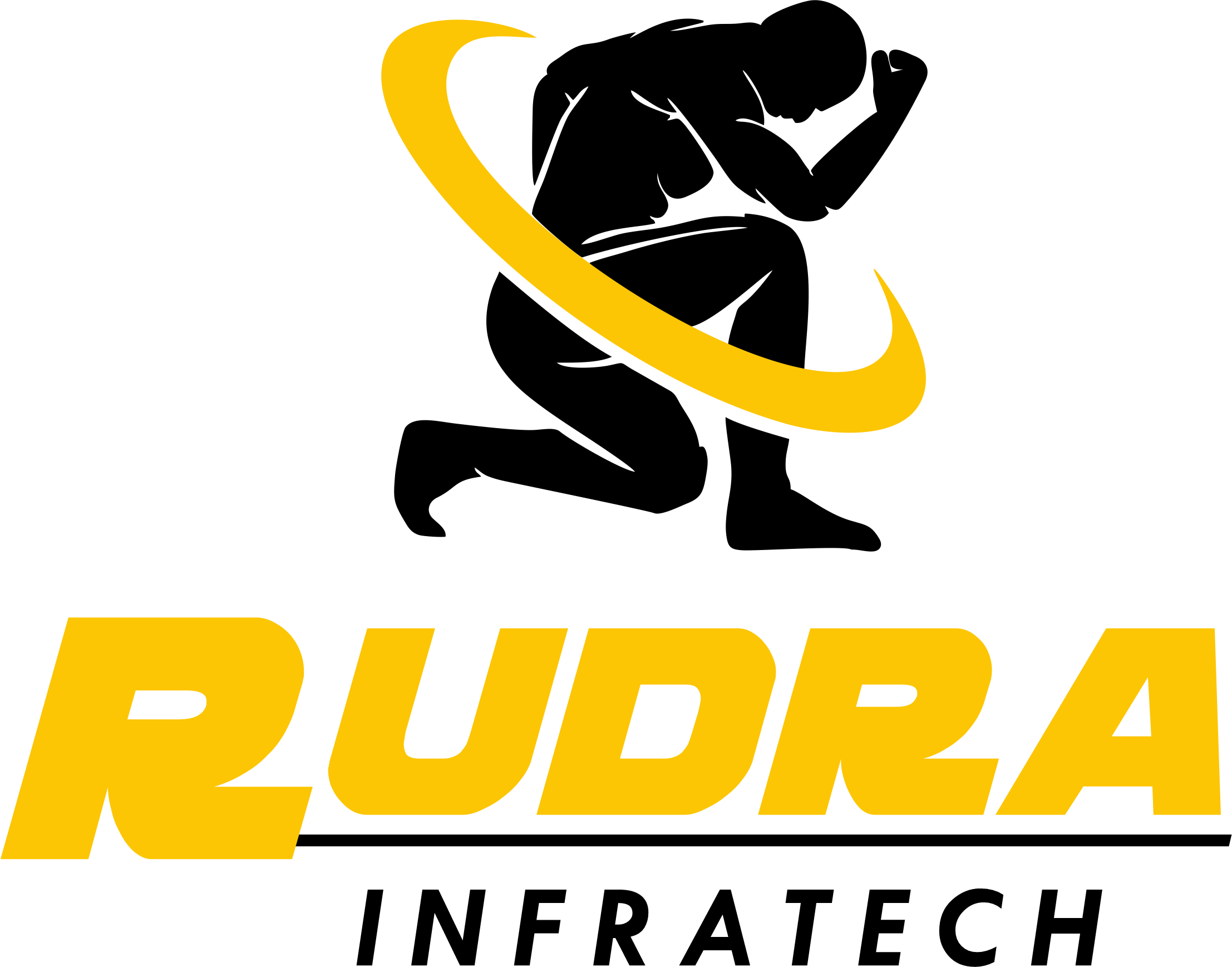Ready-Mix Concrete 101

Ready-Mix Concrete (RMC) has emerged as a cornerstone technology in the dynamic landscape of modern construction, revolutionising the way structures come to life. Within this transformative sphere, Rudra, a distinguished name in the production of building aggregates and MSand stands as a beacon of excellence, contributing significantly to the quality and properties of RMC.
Let’s explore the diverse types of Ready-Mix Concrete, the intricacies of its production processes, and the profound impact that meticulously chosen aggregates and M-Sand from Rudra have on shaping its advantages and mitigating disadvantages.
Types of ready-mix concrete
Ready-mix concrete is available in a diverse array of types, each meticulously crafted to cater to specific construction requirements:
1. Standard Concrete: A versatile choice suitable for a wide range of projects, including foundations, walls, and floors.
2. High-Strength Concrete: Engineered for superior compressive strength, making it an ideal choice for robust structures like high-rise buildings and bridges.
3. Self-Compacting Concrete: Possessing remarkable flowability, it effortlessly conforms to intricate shapes without the need for vibration. Widely employed in architectural and decorative applications.
4. Lightweight Concrete: Characterised by lower density, this variant is particularly advantageous in projects where weight considerations are paramount, such as bridges, tunnels, and precast elements.
5. Fibre-Reinforced Concrete: Infused with fibres to enhance strength and durability, this type finds frequent use in pavements, bridges, and parking lots, providing added structural integrity.
Processes involved in RMC production
The production of Ready-Mix Concrete involves a meticulous process that begins with the selection of raw materials. The precise combination of cement, aggregates, water, and additives is crucial. The chosen aggregates, which include coarse and fine particles, play a fundamental role in determining the concrete’s strength and durability. This is where Rudra’s expertise in providing top-notch aggregates and M-Sand becomes instrumental.
Advantages
- Time and Cost Efficiency: With RMC, construction projects benefit from accelerated timelines. The ready availability of the mix reduces on-site labour and material costs, making it a cost-effective choice.
- Quality Assurance: The production of ready-mixed concrete takes place within controlled environments, ensuring precision in measurements and utilising high-quality materials. This meticulous process results in a consistently reliable product, meeting stringent quality standards.
- Construction Efficiency: Upon delivery, construction activities can commence immediately, eliminating the need for on-site mixing. This heightened efficiency is particularly beneficial for projects involving building foundations, walls, flooring, or other structural elements.
- Waste Reduction: Ready-mixed concrete is tailored to meet specific project requirements, minimising excess material and reducing waste. Any surplus or unused concrete can be recycled, contributing to a more environmentally sustainable construction practice.
- Customised Mixes: The composition of ready-mixed concrete can be tailored to suit the unique needs of a project. Whether specific strength, consistency, or volume is required, customisation options ensure the concrete meets exact specifications.
- Dust Mitigation: The preparation of ready-mixed concrete in batching plants effectively manages dust, minimising on-site dust pollution. Additionally, the wet mix employed further reduces airborne dust during both transport and placement.
The role of aggregates and Msand in the quality of RMC
The quality and properties of Ready-Mix Concrete are intricately tied to the materials used, particularly aggregates and M-Sand. Aggregates contribute to the concrete’s strength, durability, and overall performance. Rudra’s commitment to providing high-quality aggregates ensures that RMC achieves the desired structural integrity.
M-Sand, with its controlled fine content and consistent particle size, enhances the workability and durability of RMC. Its smooth texture promotes better bonding with cement, resulting in a cohesive mix that meets the stringent requirements of modern construction standards.
Rudra’s role
Our dedication to providing top-tier materials is exemplified by our advanced infrastructure, including a state-of-the-art 3-stage crushing plant and cutting-edge sand washer machinery. This not only signifies a commitment to technological advancement but also underscores Rudra’s proactive approach to ensuring the highest standards in aggregate and M-Sand production.
The production process at Rudra yields aggregates of diverse sizes, ensuring versatility to meet the varied demands of construction projects. What sets us apart is our transparency and accountability. Our Aggregate Quality Report and M-Sand Quality Report stand as a testament to the meticulous testing and adherence to stringent quality standards, ensuring that every granule conforms to the highest benchmarks.
About Rudra Infratech-
We are a leader in the mining and crushing of Aggregate, Machine Sand, Wet Mix Macadam and Granular Sub Base, with a 9,00,000 metric ton per annum capacity in Udaipur. Our state-of-the-art 3-stage crushing plant and sand washer ensure the roundness and ease of flow for pumping concrete. Our M Sand and Aggregates are the best in the market, providing a sustainable alternative to river sand. Our M-Sand is uniform and strong, produced by crushing hard stones into small, angular, washed, and graded particles. Our Aggregates, made from natural sources, provide the foundation for construction, conforming to industry standards of elongation and flakiness index.
Visit our website- https://lnkd.in/dvaM99WU and follow us on LinkedIn- https://www.linkedin.com/company/rudra-infratech/about/ for more information.
#advantagesofRMC #typesofRMC #qualityaggregates #Msand #RudraInfratech
